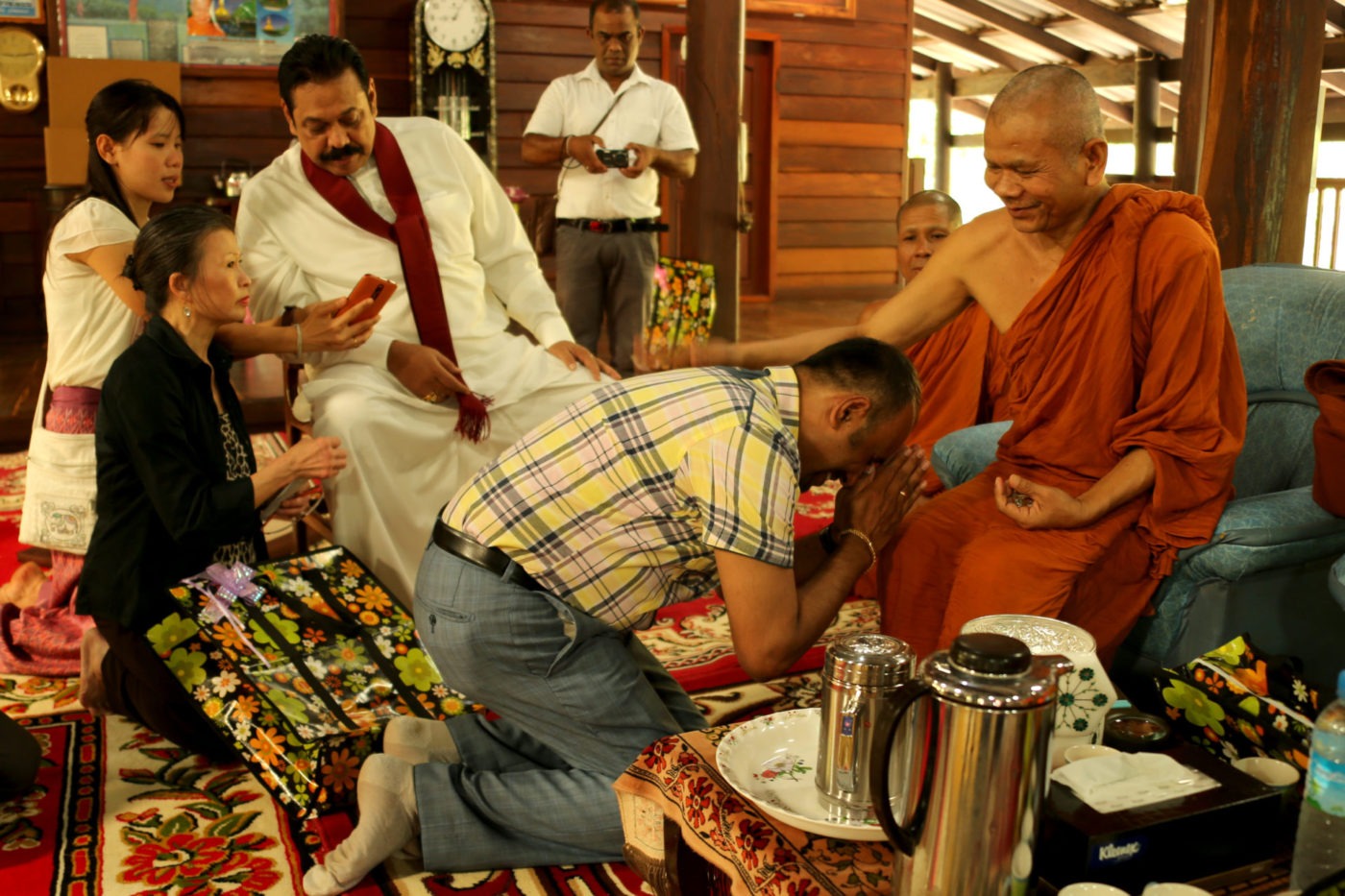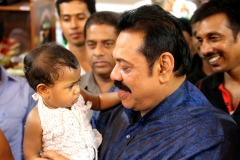Bangkok – กรุงเทพมหานคร – Krung Thep Maha Nakhon
Special administrative area
A composite image, consisting of the following, in clockwise fashion: a skyline with several skyscrapers; a tall gate-like structure, painted in red; a monument featuring bronze figures standing around the base of an obelisk, surrounded by a large traffic circle; a cable-stayed bridge with a single pylon on one side of the river it spans; a temple with a large stupa surrounded by four smaller ones on a river bank; and a stately building with a Thai-style roof with three spires
Clockwise from top: Si Lom–Sathon business district, the Giant Swing, Victory Monument, Rama VIII Bridge, Wat Arun, and the Grand Palace
A green rectangular flag with the seal of Bangkok in the centre
Flag A round seal bearing the image of Indra riding Airavata among clouds, with the words “Krung Thep Maha Nakhon” (in Thai) across the top
Seal
Map of Thailand, with a small highlighted area near the centre of the country, near the coast of the Gulf of Thailand
Bangkok is the capital and most populous city of Thailand. It is known in Thai as Krung Thep Maha Nakhon (กรุงเทพมหานคร, pronounced [krūŋ tʰêːp mahǎː nákʰɔ̄ːn] (About this sound listen)) or simply Krung Thep (About this sound listen (help·info)). The city occupies 1,568.7 square kilometres (605.7 sq mi) in the Chao Phraya River delta in central Thailand, and has a population of over eight million, or 12.6 percent of the country’s population. Over fourteen million people (22.2 percent) lived within the surrounding Bangkok Metropolitan Region at the 2010 census,[5] making Bangkok the nation’s primate city, significantly dwarfing Thailand’s other urban centres in terms of importance.
Bangkok traces its roots to a small trading post during the Ayutthaya Kingdom in the 15th century, which eventually grew and became the site of two capital cities: Thonburi in 1768 and Rattanakosin in 1782. Bangkok was at the heart of the modernization of Siam, later renamed Thailand, during the late 19th century, as the country faced pressures from the West. The city was at the centre of Thailand’s political struggles throughout the 20th century, as the country abolished absolute monarchy, adopted constitutional rule, and underwent numerous coups and several uprisings. The city grew rapidly during the 1960s through the 1980s and now exerts a significant impact on Thailand’s politics, economy, education, media and modern society.
The Asian investment boom in the 1980s and 1990s led many multinational corporations to locate their regional headquarters in Bangkok. The city is now a regional force in finance and business. It is an international hub for transport and health care, and has emerged as a centre for the arts, fashion, and entertainment. The city is known for its vibrant street life and cultural landmarks, as well as its notorious red-light districts. The historic Grand Palace and Buddhist temples including Wat Arun and Wat Pho stand in contrast with other tourist attractions such as the nightlife scenes of Khaosan Road and Patpong. Bangkok is among the world’s top tourist destinations. It is named the world’s most visited city in MasterCard’s Global Destination Cities Index, and was named “World’s Best City” for four consecutive years by Travel + Leisure magazine.
Bangkok’s rapid growth coupled with little urban planning has resulted in a haphazard cityscape and inadequate infrastructure. An inadequate road network, despite an extensive expressway network, together with substantial private car usage, have led to chronic and crippling traffic congestion, which caused severe air pollution in the 1990s. The city has since turned to public transport in an attempt to solve the problem. Five rapid transit lines are now in operation, with more systems under construction or planned by the national government and the Bangkok Metropolitan Administration.





